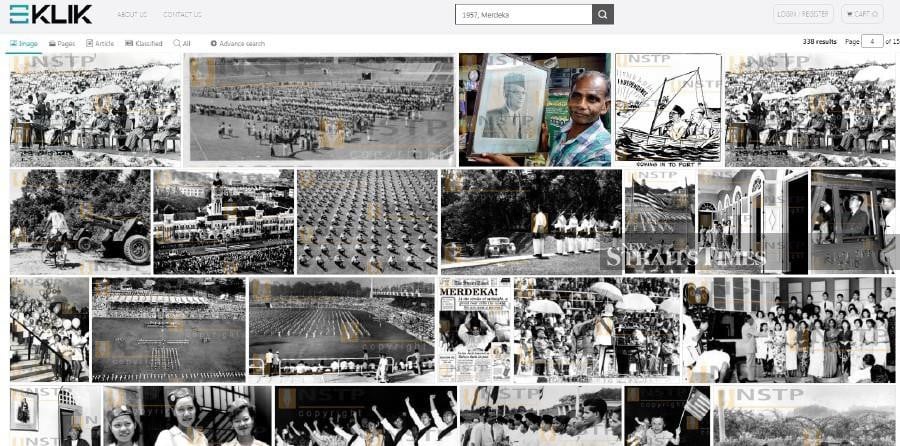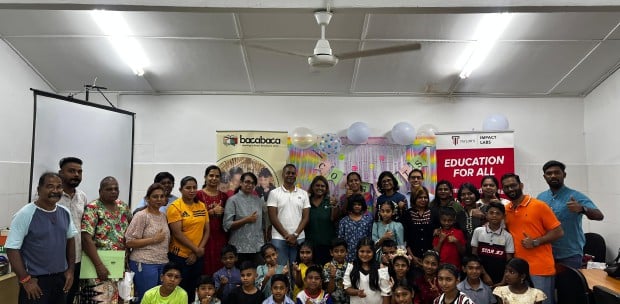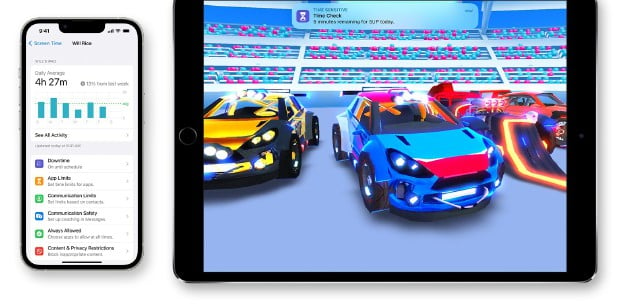HOW do you archive 50 million documents, photographs and news articles covering the nation's history from as early as 1845 until the present day? How do you make them easily accessible to Malaysians and the entire world?
Through digitisation, of course.
Digitising all that information is certainly not an easy task, but the New Straits Times Press (NSTP), through its KLIK initiative, has handled this mammoth task admirably, digitising more than 15 million such documents, photographs and news articles over the past decade for its archives.
These include images taken by NSTP photographers as well as articles and newspaper pages from the past 175 years.
"It's an on-going project. We still have 1.5 million rolls of film and newspaper hard copies which have yet to be digitised," said Media Prima's head of Artcrib and Galeri Prima, Azlynn Aziz.
The KLIK digital archive (www.klik.com.my) was formerly known as the News Image Bank (NIB). It is a treasure trove of past and present and aims to be a one-stop centre for information and knowledge. It was upgraded in July last year to the current system to give the public better and faster access to view as well as to buy images and articles.
"From the Digital Collection 5 system, we migrated to the more advanced and faster TARK4 system. Users will be able to access our achives quickly and easily via its user-friendly interface.
"It's like a Google of the nation's history. Just type the key words in the search box and you will have view access to photos taken by the New Straits Times through the years."
For example, just type "1957" and you will be able to view the photo of Tunku Abdul Rahman waving to the crowd at the Selangor Club Padang for the historic countdown to Malaya's independence, among other Merdeka-related photographs.
KLIK was officially launched by Prime Minister Tan Sri Muhyiddin Yassin at Galeri Prima on Aug 7 this year, an event which was held in conjunction with NST's 175th anniversary.
"The Prime Minister, at the launch of KLIK, even said that this archive is a national treasure that must be preserved," said Azlynn.
The digitisation process
KLIK has been digitising the hard copies of the NST, Berita Harian and Harian Metro for the last 10 years.
"We've been doing it manually daily by scanning the pages, microfilms and negatives. However, the entire process of digitising all these documents, photographs and news articles has been estimated to take 158 years. Hence, since December last year, the work has been outsourced," said Azlynn.
The current emphasis is on the scanning of images and microfilms.
"In the future, we will include all the e-papers in the Media Prima group as well as videos.
"With all these in place, users will have all our content at their fingertips regardless of where they are," she said.
Those who are keen to view or purchase archive material will not have to come physically to the NST, as was previously the case, as everything can now be done via KLIK.
KLIK is currently only available on the web but plans are afoot for an app version.
"We are the only company with all the historical documents, photos and stories of the country's journey to nationhood. In fact, we are even four years older than the
New York Times
," said Azlynn.
In conjunction with the Merdeka celebration, Galeri Prima will continue with the NST Traversing 175 photo exhibition, which was held earlier in August.
The exhibition continues from today until Sept 20, 2020. It will give visitors the opportunity to view some Merdeka-related content and other interesting photographs from the past.
They include the struggles of past leaders in seeking independence, post-Merdeka shots as well as the accomplishments and progress achieved by the country and its people.
The challenges
According to Azlynn, the greatest challenge in digitising the archive is the need to gauge their suitability for public access.
"The process is very tedious as it cannot be done by machines. Our archivists will filter the photos to see whether they are suitable for public access. These include photos that are gory in nature or sensitive ones such as those taken during the communist era.
"If users still want to see or access those photos, they will have to come to the KLIK office at NST," said Azlynn.
"Besides manually going through these photos, we also clean them to remove crop marks, circles, etc, before they are digitised.
"For those interested in buying the photographs, our designers can help clean them up further.
The prices of the archival photographs range from RM150 to RM450 each. Note that usage rights (commercial and non-commercial) apply. Historical value is another factor. The older the photos, the more expensive they are.
Preserving the films and documents is another challenge for Azlynn and her team at KLIK.
Even the fire prevention system must be one that will not cause damage to the assets.
"We use an advanced FM200 fire prevention system, which provides waterless fire suppression without leaving behind residue or particulate," she explained, adding that the storage facility is also equipped with a dehumidifier.
Time is of the essence for Azlynn. "Over the years, these films, documents and photographs will fade, hence the need to digitise as soon as possible," she emphasised.







